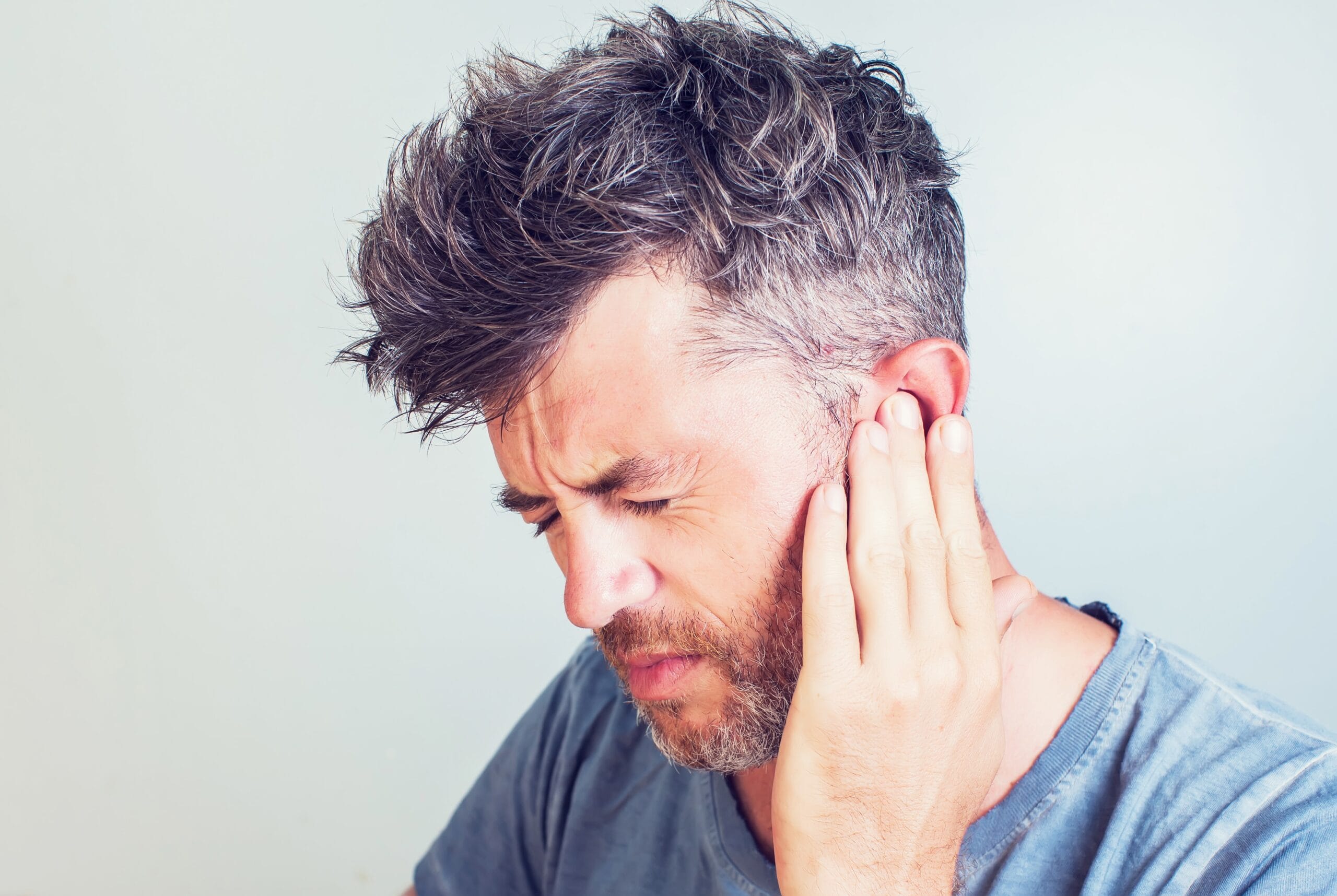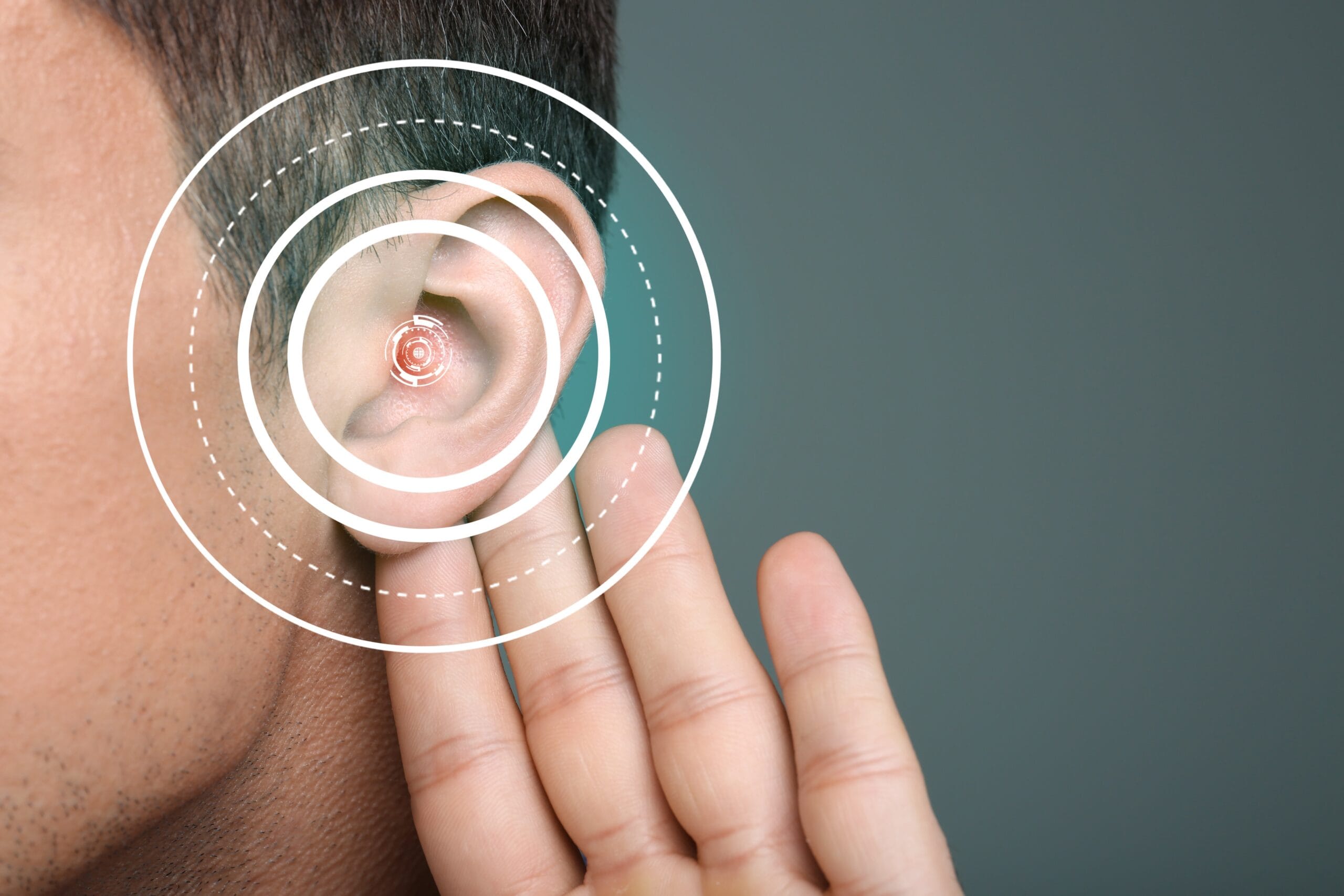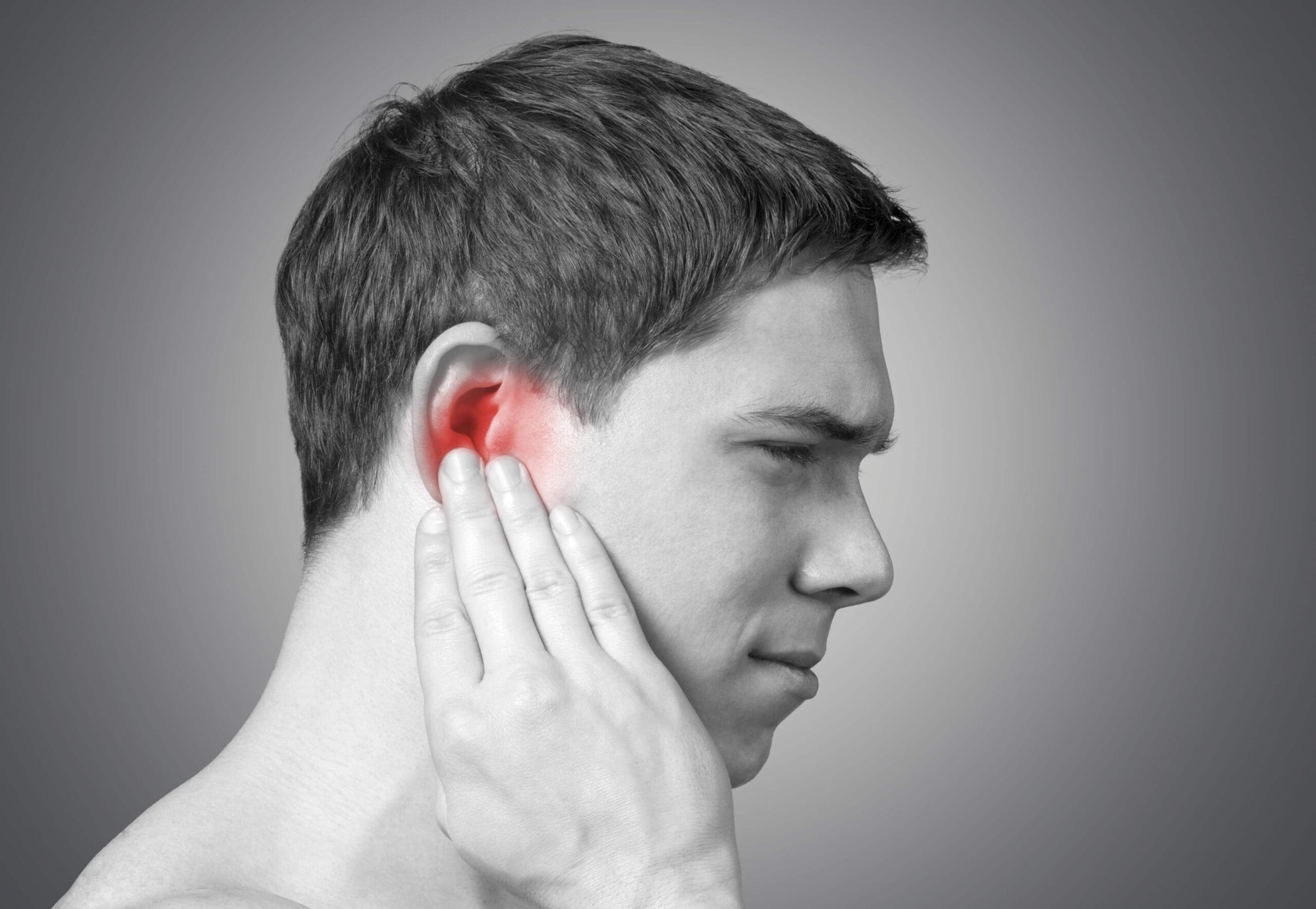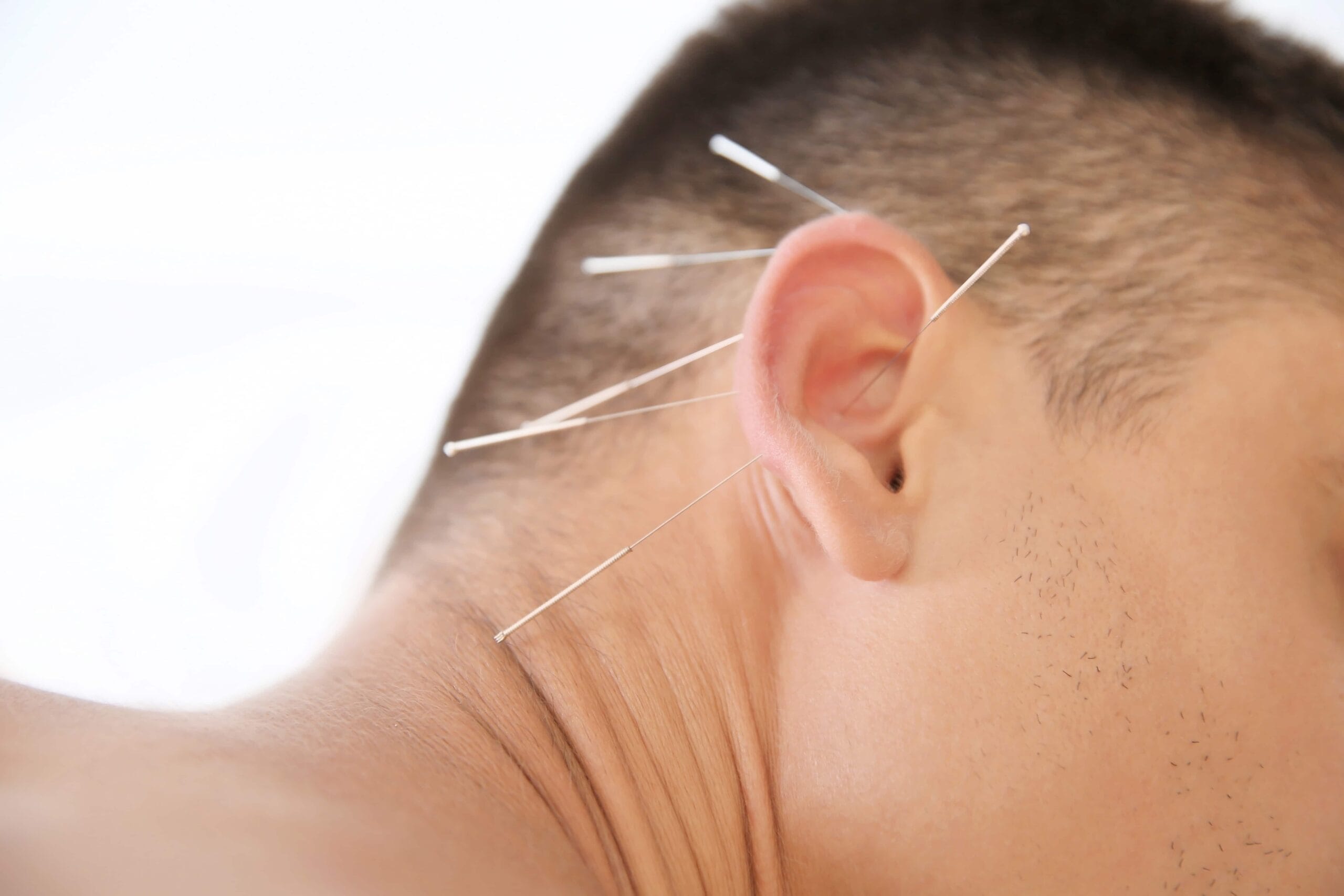Combat Arts Ear Injuries Overview
Less than 1% of all injuries in mixed martial arts involve the ear. Sweden’s favorite fighting son, Alexander Gustafsson says, “I’m proud of them, it means I’ve gone through some tough battles.” It’s not unusual to see the infamous cauliflower ears among martial artists. However, ear injuries come with a long history of fighting.
Whilst grappling and practicing mixed martial arts, it’s not uncommon to see a person’s ear on the verge of hanging, because the cartilage is vulnerable and can easily be ripped off during a fight. Over a long career, repeated damage to the ear can damage and alter not only the external ear’s appearance but the internal structures as well.

It’s considered an occupational hazard for many who do combat sports. Ear injuries also get complicated fast because gyms and lockers are dirty. The towels used and the subsequent procedure of repeatedly trying to drain an ear following a fight can be a source of bacteria. Moreover, symptoms are often ignored in view of more pressing concerns like head and neck injuries.
Ear Injury Causes
Some martial artists wear ear guards to protect the ear from injury. However, visible ear injuries like cauliflower ears are worn like a badge of honor. In martial arts, there are specific moves like the ear clap or cupped ear blow, which are designed to attack an opponent’s ear to force them to release you.
Additionally, to avoid injuring the face, instinct always causes fighters to turn their face sideways, resulting in a blow to the ear. The ear is nothing but cartilage. It can easily be torn off or injured during a fight. Most fighters don’t wear any protective headgear and so just accept the deformities that come with ear injuries and get on with it.
Ear Injury Symptoms

Types of Ear Injuries
The ear is extremely vulnerable to blunt force trauma because of the absence of bones to protect it. Injuries can also rupture the structures inside the ear like the eardrum and the ossicles or smaller bones inside. Some of these injuries are irreversible and can lead to permanent deafness. Here are a few common ear injuries among martial artists: Auricular Hematomas, Perforation of the Tympanic Membrane, Hearing Loss.
Related Injuries
You must have seen these often. BJJ and other MMA fighters have deformed “cauliflower ears” after years of fighting and grappling. The infamous “cauliflower ear” is nothing but an auricular hematoma. An auricular hematoma is an unresolved collection of blood in the perichondrium of the ear.
The perichondrium is the large layer of connective tissue that surrounds the cartilage. It occurs due to repeated trauma. The MMA legend BJ Penn’s left ear is often singled out as an example. Over his illustrious career as a BJJ black belt artist, his ears have been under repeated assault. What’s left of his ear, is two small pieces of tissue barely held together in the middle.
Causes
The auricle of the ear is made up of skin, subcutaneous tissue, muscle, and the perichondrium which supplies the cartilage with blood. During a fight, when blunt force trauma occurs, blood pools between the cartilage and the perichondrium.
This is due to the damage to the perichondrium and the two main vessels supplying the cartilage namely, the superficial temporal and posterior auricular artery. Due to the trauma, the perichondrium separates form the cartilage allowing space to grow where the blood accumulates. Once the blood fills this space, it starts affecting the adjacent tissue as well, causing the cartilage to deform.
If this blood is not evacuated, it clots and remains. Over time, with repeated trauma and further accumulation of blood, the blood clots calcify giving them a permanent appearance of cauliflower ears. It takes about fourteen weeks from injury to calcification.
Symptoms
To learn how Auricular Hematomas are diagnosed, click here.
A perforated tympanic membrane is a tear or hole in the connecting tissue between the external ear canal and the middle ear. This injury can lead to hearing loss and chronic middle ear infections. Often, it may bleed and lead to leakage of perilymph, the fluid present in the inner ear.
Symptoms
Causes
Insertion of a weapon or even smaller objects in the ear can cause the tympanic membrane to rupture. Blunt force trauma to the ear via an open-handed slap or head trauma can also cause the delicate structure to rupture.
To learn how Perforation of the Membrane is diagnosed, click here.
Disruption or injury to the tympanic membrane or the eardrum can lead to conductive hearing loss. Conductive hearing loss means that sound is better through the bone that the air. Sounds are unable to reach the inner ear in conductive hearing loss.
Significant middle ear trauma can cause hearing loss. Slaps to the ear, blunt force trauma to the ear can damage the small aural bones inside the ear. Blood or fluid in the middle ear can also prevent hearing which further worsens hearing loss.
Any disruption to the ossicular chain can result in permanent hearing loss. Temporal bone fractures can also cause hearing loss. Here, the hearing loss could be conductive or sensorineural.
To learn how Hearing Loss is diagnosed, click here.
Ear lacerations commonly occur on the pinna. This area of skin covered cartilage forms the majority of the external ear. You will have seen MMA fights where the ear is practically hanging off the face after a blow to the ear.
Lacerations could be simple tears to complete avulsion or amputation of the ear. Lacerations account for about 47% of all injuries to fighters. Yet, to ensure healing and recovery it's important to know what to do with ear lacerations and when to get help.
Due to the prominent position the ear enjoys as it overlies a bony surface, it is somewhat exposed. Its structure is also challenging due to its delicate nature and shape. When the ear is ripped or caught by a blow or weapon, it shreds easily due to the cartilage. Repair and healing are also difficult because while the skin heals easily and quickly cartilage takes time.
To learn how Lacerations are diagnosed, click here.

Common Ear Injuries
Learn more about injuries such as fractures of the facial bones that can cause changes in hearing in our Common Injuries section.
Ear Injury Diagnosis
Ear injuries are very visible and hard to miss. Since the ear is supplied by three different arteries, they are highly vascular. External ear injuries are diagnosed easily. However, inner and middle ear injuries require further investigation with otoscopy and otomicroscopy. To test the VIIIth nerve and hearing functions, multiple hearing tests are conducted before and after treatment.
Injury Specific Diagnosis
Physical Exam
A thorough ear exam must rule out injuries to the middle ear. If there is diffuse pain in the ear on palpation, warmth, or erythema then it likely may not be a hematoma. Not all ear swellings are auricular hematomas. A medical professional can judge the severity after a physical exam.
Imaging
Lab Tests
To learn how Auricular Hematomas are treated, click here.
Physical Exam
On physical exam, the ear is inspected. Rinne and Webbers tests are performed to check hearing. Otoscopy is generally diagnostic for perforation of perforations of the tympanic membrane. If blood is present in the external canal, then it is carefully suctioned. For small perforations, otomicroscopy is done or middle ear impedance studies are more diagnostic.
Imaging
No imaging is required unless a basilar fracture is suspected.
Lab Tests
Blood tests are not recommended unless an infection is suspected. If an otitis media infection is suspected, then a baseline complete blood count is done. Audiometry is performed instead of blood tests. Audiometric studies are usually done before and after treatment. An audiometry test is a painless non-invasive hearing test. Hearing for different sounds, pitches, and frequencies are tested.
To learn how perforation of the membrane is treated, click here.
Physical Exam
A detailed physical exam is conducted to determine the type of hearing loss. An otoscope exam will determine the presence of infection or fluid accumulation in the ear canal. It will also check the status of the tympanic membrane. Screening tests like the whisper test where how a person can hear various sounds with the ear covered are done. How a person responds to other sounds is also checked. Tuning fork tests are also helpful. They reveal where the damage has taken place inside the ear.
Imaging
An ultrasound may be performed to check for the presence of fluid and the presence of an abscess. No other images are necessary unless a fracture is suspected in which case a CT might be recommended. If temporal bone trauma is suspected an MRI might be done as well.
Lab Tests
Audiometer tests are done to determine the frequency and pitch at which sounds are heard. Each tone or sound is repeated at various levels to determine the lowest level the ear can perceive.
To learn how hearing loss is treated, click here.
Physical Exam
All lacerations must be examined carefully for dirt, debris, and foreign bodies. Review all vaccinations. Measure the depth and length of the laceration. Ensure the laceration does not communicate with any internal structure of the middle ear, skull, or face. Check for any hematomas, hearing acuity, tragal tenderness, and warmth in the area. An otoscope exam will determine any damage to the internal ear.
Imaging
Since lacerations bleed a lot, they tend to look worse than they appear. Initial Xray images are helpful to rule out any basilar fractures of the skull. They are also helpful to determine any facial hairline fractures. CT is done if internal injuries and abscesses are suspected. Though CT is not common and is not done routinely.
Lab Tests
If it is a fist or a foreign body/weapon that has caused the laceration, baseline blood tests are required to rule out the presence of any infection. Complete blood count, erythrocyte sedimentation rate, total lymphocyte count, and antibodies to tetanus are ordered. The latter is ordered if the tetanus vaccination status is unknown.
To learn how hearing loss is treated, click here.

Diagnoses of Common Ear Injuries
Find out how physicians assess other types of ear injuries through physical exam, lab tests, x-rays, and other technology in our Common Diagnoses section.
Ear Injury Treatment
The treatment of ear injuries is often cast aside by MMA fighters as these injuries are external and often are a source of pride. While not all of them need to be treated, some of them can result in permanent damage and irreversible hearing loss.
An injury may look like a hematoma but need to be checked to rule inner and middle ear damage. Symptoms like tinnitus and dizziness are often attributed to head injuries and so the ear is often ignored. Don’t assume these symptoms will pass away by the end of the day. Persistent dizziness, tinnitus and decreased hearing might be a sign that there is internal damage to the ear and needs to be thoroughly investigated.
Injury Specific Treatment
Emergenc
The goal of treatment in auricular hematomas is to prevent any damage to the cartilage. While it is easy to treat the skin, the cartilage remains a challenge. It heals in a disorganized way, unlike bone and skin. Any auricular hematomas must be drained by a doctor immediately. Martial artists tend to ignore this as they see these hematomas as badges of honor. The choice of treatment is left to the fighter after the risks and benefits are explained.
Medical
The first step of treatment is draining the hematoma. Hematomas that have occurred within the previous 48 hours can be drained. An incision is made in the ear to allow the blood to escape. A compressive dressing is then applied to sandwiches the cartilage to the two skin sides. This closes any gap that may have formed between then cartilage and the skin. Alternately, a bolster dressing is applied in the potential space. Antibiotic ointment is applied.
Home
At home, the ear must be kept clean and dry. The antibiotic ointment must be reapplied as advised by the ENT doctor. Physical activity that could cause ear injury must be avoided for 7 days. Usually, return to play is advised once the swelling is resolved and the incision has healed.
Emergency
The ear must be kept dry. If the ear continues to leak fluid or perilymph, seek medical attention at once. Avoid any forceful ear irrigation.
Medical
Most perforations are small and do not require surgery. New perforations heal on their own. If the perforation does not heal itself in two months, it likely will not happen on its own. These holes have to be fixed especially if there is hearing loss or if it is getting infected. ENT doctors then repair it via surgery.
They are done as outpatient procedures where the surgeons will cut behind the ear. The hole is repaired with cartilage, muscle, or synthetic material. In some places, they may cauterize the eardrum. Antibiotics for any recurrent infection should be taken until advised.
Home
The best thing one can do until the repair is to keep the ear dry. Avoid swimming. While taking a shower, place a dry cotton ball soaked in petrolatum or Vaseline to prevent any contact with water.
Emergency
Sudden hearing loss must be examined immediately by an ENT to rule out temporal bone fractures and basilar skull fractures. Any accompanying facial paralysis or vertigo points to a serious injury. And so immediate care must be sought if there is hearing loss during or after a fight.
Medical
Depending on the cause, hearing loss is treated in many ways. Any physical occlusion such as blood or fluid must be drained at once. Perforations to the tympanic membrane are either surgically repaired or allowed to heal on its own. Surgeons may also leave in the drainage tube to allow the middle ear to drain gradually. Hearing aids are advised if the damage to the tympanic membrane is worse.
These could be removable hearing aids, analog hearing aids, digital hearing aids, behind the ear aids, open fit aids, or in the ear aids. Occasionally, implants are advised. These could be middle ear implants or cochlear implants. Middle ear implants are attached devices to one of the middle ear bones. The device can move the bones directly, which sends stronger sound vibrations to the inner ear. Cochlear implants bypass the inner ear. They send signals directly to the auditory nerve.
Home
Wear protective hearing equipment while training. Keep the ear dry at all times. Hearing loss if temporary can be restored after two months in case of minor injuries. If the hearing does not return, then surgical repair is advised.
Emergency
Inspect the laceration. Apply pressure to stop bleeding. Rinse it with clean water. Don’t blow on it or worse, scrape it clear. Apply an antiseptic lotion. Head to the emergency room if the bleeding doesn’t abate.
Medical
If the laceration is deeper than half an inch and is accompanied by other symptoms like hearing loss, a deformed ear, ringing in the ear, then it must be seen by a doctor right away. Also, if the laceration is gushing after ten minutes of pressure, then irrespective of size, it warrants a look by a medical professional.
Home
Home care for lacerations involves keeping them clean and dry to avoid secondary infection. Remove all piercings for the time being. Keep the head elevated and don’t take off the “turban wrap” dressing no matter how hot and scratchy it gets. The purpose of the dressing is to put pressure on the ear and prevent the development of secondary hematomas. In some cases, if the ear cannot be re-attached, prosthetics can be considered.

Common Treatments
Read how healthcare professionals treat various ear injuries using physical therapy, medications, surgery, and other approaches in our Common Treatments section.
